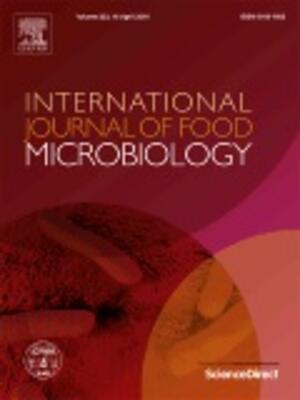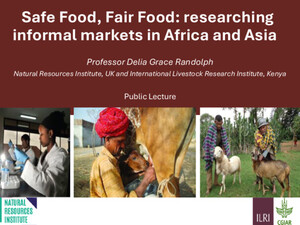
Risk assessment for Escherichia coli O157:H7 in marketed unpasteurized milk in selected East African countries
Abstract
We carried out a study to assess the risk associated with the presence of Shiga toxigenic Escherichia coli (STEC) in informally marketed unpasteurized milk in urban East Africa. Data for the risk models were obtained from on-going and recently completed studies in Kenya and Uganda. Inputs for the model were complemented with data from published literature in similar populations. A fault-tree scenario pathway and modular process risk model approach were used for exposure assessment. Hazard characterization was based on a socioeconomic study with dose-responses derived from the literature. We used a probabilistic approach with Monte Carlo simulation and inputs from farm and household surveys. The qualitative analysis suggested a low to moderate risk of infection from consuming milk and that the widespread consumer practice of boiling milk before consumption was an important risk mitigator. Quantitative analysis revealed that two to three symptomatic STEC infections could be expected for every 10,000 unpasteurized milk portions consumed, with a possible range of 0 to 22 symptomatic cases. Sensitivity analyses to assess the uncertainty and variability associated with the model revealed that the factor with the greatest influence on disease incidence was the prevalence of STEC in dairy cattle. Risk assessment is a potentially useful method for managing food safety in informal markets.
Citation
Grace, D., Omore, A., Randolph, T., Kang’ethe, E., Nasinyama, G.W. and Mohammed, H.O. 2008. Risk assessment for Escherichia coli O157:H7 in marketed unpasteurized milk in selected East African countries. Journal of Food Protection 71(2): 257-263.









